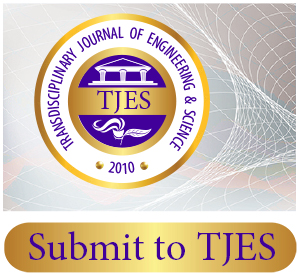Vision and Experience: The Contribution of Art to Transdisciplinary Knowledge
Abstract
The author presents the practice of art as a form of knowledge and asks: What can one know through art? What does art contribute to transdisciplinarity? From an epistemological point of view, what is the nature of knowledge available through art? Here, art is described as a material, aesthetic, experiential and visionary form of knowledge, sharing similarities with alchemy. While science studies facts, art creates meaning using metaphors and correspondences. The article also discusses modes of knowing: physics and biology, for example, belong to the scientific mode. Psychoanalysis, and mythology use a hermeneutic mode. Philosophy is speculative and rational. Within the social sciences, there are quantitative and qualitative modes. To approach transdisciplinary complexity, a dialogue between and across modes of knowing is more difficult, yet as important as a dialogue across disciplines. Art is a significant source of knowledge, and a transdisciplinary conversation needs artists as much as scientists and philosophers.


